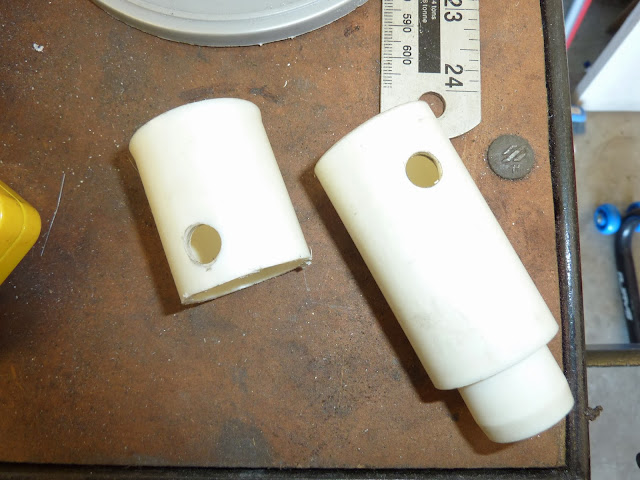Wandering Aimlessly...
Since the new Metzelers have been fitted, there has been a slight weave at low speed. I hope it's a steering bearing issue and not a trait of the new boots. Being as it was on the list of to-do's for along time, I ordered a genuine top bearing from Suzuki, as there doesn't seem to be an equivalent generic part number, and the old "32006" taper roller from the local bearing shop for the bottom yoke.
While it was apart, it would be time to clean up and paint various parts on the front end. A month and half later and I'm still waiting on the springs to come from America. Postal service is struggling as they're waiting for flights!
Anyway, back to the clean up. The main things on the list were the yokes/triple clamps, headlamp brackets, indicator brackets, and maybe the speedo surround and headlamp itself.













+crop.jpg)
+crop.jpg)







